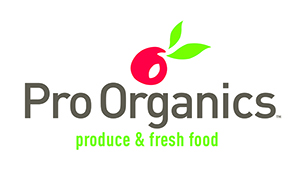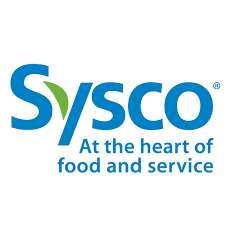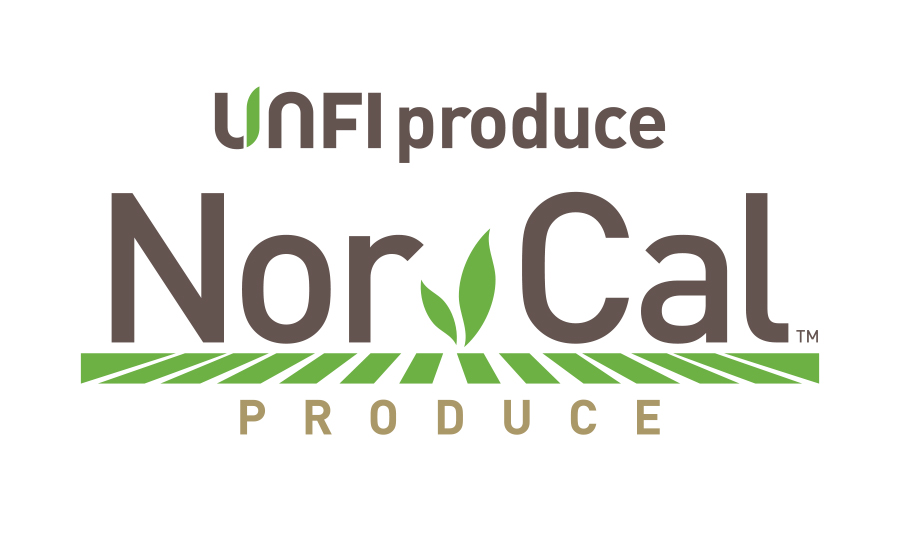It’s your move.
The holiday season gives most everyone a reprieve from the hustle and bustle of work — at least for a quiet evening or two. It’s a time-honored ritual to pull out a board game to pass the time while having a slice of pie and some hot coffee.
Prior to any such tranquil pie scene, a lot happens at retail. And managing fresh produce is like any retail operation.
It’s ensuring that the right products are in the right place, with accurate orders and sufficient inventory. A successful produce operation ideally has just-in-time freshness on the shelves, along with many displays that supervisors and store district managers like to call “abundant.”
However, all this doesn’t just happen.
Like chess or any good board game, making sure that all the merchandising pieces fit together requires planning and anticipation. How many of the ad oranges will we move over the next few days? How about over the weekend? Do you envision your customer’s perennial New Year’s resolutions and plan for the brisk, produce sales to match come January?
These factors include how sales have been up until a certain point, the size of the displays, key items, the customer traffic, the price, the quality — even taking into consideration intangibles such as consumer pay periods or even weather conditions. It’s a lot to consider.
That’s why it takes a good hour or longer to prepare for and write a critical, accurate order. Or it should.
How about the wind-down phase? It’s a cliché to overhear a store manager ask about certain periods: “What is your exit strategy?” However, it’s still a valid question.
Even though a holiday push is over, you are still in business, right? You’re still expected to maintain freshness and display standards, aren’t you?
I remember coming out of a winter holiday ad one year. Knowing many customers had a refrigerator packed with leftovers, we had iceberg head lettuce and tomatoes as part of the ad. Anticipating the turkey-sandwich customer thought process, we displayed bins of the ad items along with racks of bread and Miracle Whip salad dressing nearby. (I know. Mayonnaise is all the rage, but sweet salad dressing rocked back then.)
It was good timing, and we sold brisk amounts of all the bin displays, boosting sales and gross profit.
Related: More insight from Armand Lobato
The steady, go-to item today? Avocados.
Even back in the day, avocados sold well, sort of. Long before avocado shippers provided pre-conditioned or pre-ripened fruit, most everyone wrestled with managing the rock-hard green fruit, which was especially challenging to order, display or control the shrink potential.
And as holidays and sports mesh so well, avocados are especially a great way to build post-holiday sales, but only if they’re in the acceptable, just-right stage of ripeness.
I remember in the early ’80s ordering two full pallets of avocados the Monday before the Super Bowl. My phone rang right away, as the quantity ordered triggered a flag at the warehouse. The buyer called and asked, “What gives with the huge avo-order? Was that a mistake?”
“No mistake. Gonna sell ’em all. Trust me,” I said. Gulping as I hung up and thought, if I’m lucky.
I parked the two pallets in the back room, near the bakery where the temperature was extra warm. I placed several hands of bananas within each avocado pallet for added ethylene gas, then completely wrapped the pallets with stretch wrap to retain the heat of my impromptu ripening setup.
Then I waited.
I was nervous as my science experiment slowly percolated. By Thursday of that week, the avocados were just starting to sweat and “break” — slowly showing signs of ripening. I let them stew overnight, then came in early on Friday, built a huge display and invited the grocery manager to tie in some chips and salsa.
“That’s an expensive idea, there, bucko,” my store manager said nervously. By Saturday night, we’d sold out.
A produce manager sells what they can, when they can; they try to maximize sales — squeezing out as many sales as possible, pushing for added gross profit margin — given all the variables of this crazy produce game.
But there’s no better feeling than playing a merchandising hunch and collecting the equivalent of $200 when you pass go. When a plan comes together, it’s checkmate. Game over.
Armand Lobato works for the Idaho Potato Commission. His 40 years of experience in the produce business span a range of foodservice and retail positions.


















